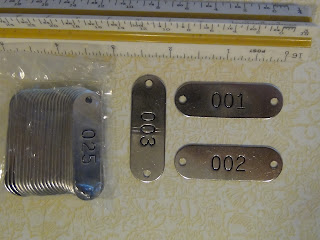From what has been learned from available sources, the following BMW models all appear to use the same Getrag transmission. Should a reader find an error in the table, please contact me and we will research further and change the table to reflect reality.
| BMW models that use manual transmission equivalent to 1992 325i. | |||||
| VIN WBACB3315NFE09631 | |||||
| VIN decoded: 1992, August, E36, Sedan, USA, 325i, Manual, Left Hand | |||||
| Getrag 5 speed standard transmission / S5D 250G AJT | |||||
| 1993 - 1999 | 318is | 2DR | E36 | ||
| 1993 - 1999 | 318is | 4DR | E36 | ||
| 1994 - 1999 | 318is | CONV | E36 | ||
| 1995 - 1999 | 318ti | HATCH | E36 | ||
| 1999 - 2002 | 320i | 4DR | E46 | ||
| 1999 - 2000 | 323Ci | 2DR | E46 | ||
| 1999 - 2000 | 323Ci | CONV | E46 | ||
| 2000 - 2000 | 323i | WAGON | E46 | ||
| 1999 - 2000 | 323i | 4DR | E46 | ||
| 1996 - 1999 | 323i | 4DR | E36 | ||
| 1996 - 1999 | 323i | CONV | E36 | ||
| 1996 - 1999 | 323is | 2DR | E36 | ||
| 2000 - 2003 | 325Ci | 2DR | E46 | ||
| 2000 - 2003 | 325Ci | CONV | E46 | ||
| 1992 - 1995 | 325i | 4DR | E36 | ||
| 1994 - 1995 | 325i | CONV | E36 | ||
| 2000 - 2003 | 325i | 4DR | E46 | ||
| 2000 - 2003 | 325i | WAGON | E46 | ||
| 1992 - 1995 | 325is | 2DR | E36 | ||
| 2000 - 2003 | 525i | 4DR | E39 | ||
| 1995 - 2000 | Z3 | 1.9 ROADSTER | E36 | ||
| 1997 - 1999 | Z3 | 2.3/2.5 ROADSTER | E36 | ||
| 2000 - 2003 | Z3 | 2.5I ROADSTER | E36 | ||
The following drawing is a CAD generated representation that started with a traced outline, then machinist ruler, then calipers, then data sheets from web sites, and finally countless hours by David Fischer on his computer to create the final drawing. If the reader is interested in finding an identical transmission to the one being used in this 1992 BMW 325i conversion, then their bell housing should have identical bolt locations to this drawing. The reference dimension is 138.00 mm between the top 2 bolts. The CAD drawing outline has been smoothed out a little, and it may be as much as 3 mm larger than the actual transmission outline. Kinko's or similar print shops can print full size drawings at very low cost, which can then be cut out and compared directly to the face of the bell housing. Contact the blog by email if you are interested in more details.
CAD Concept drawing of Bell Housing Adapter Plate. It is uploaded as a jpg file and it is hard to see. We will investigate how to darken the image.





